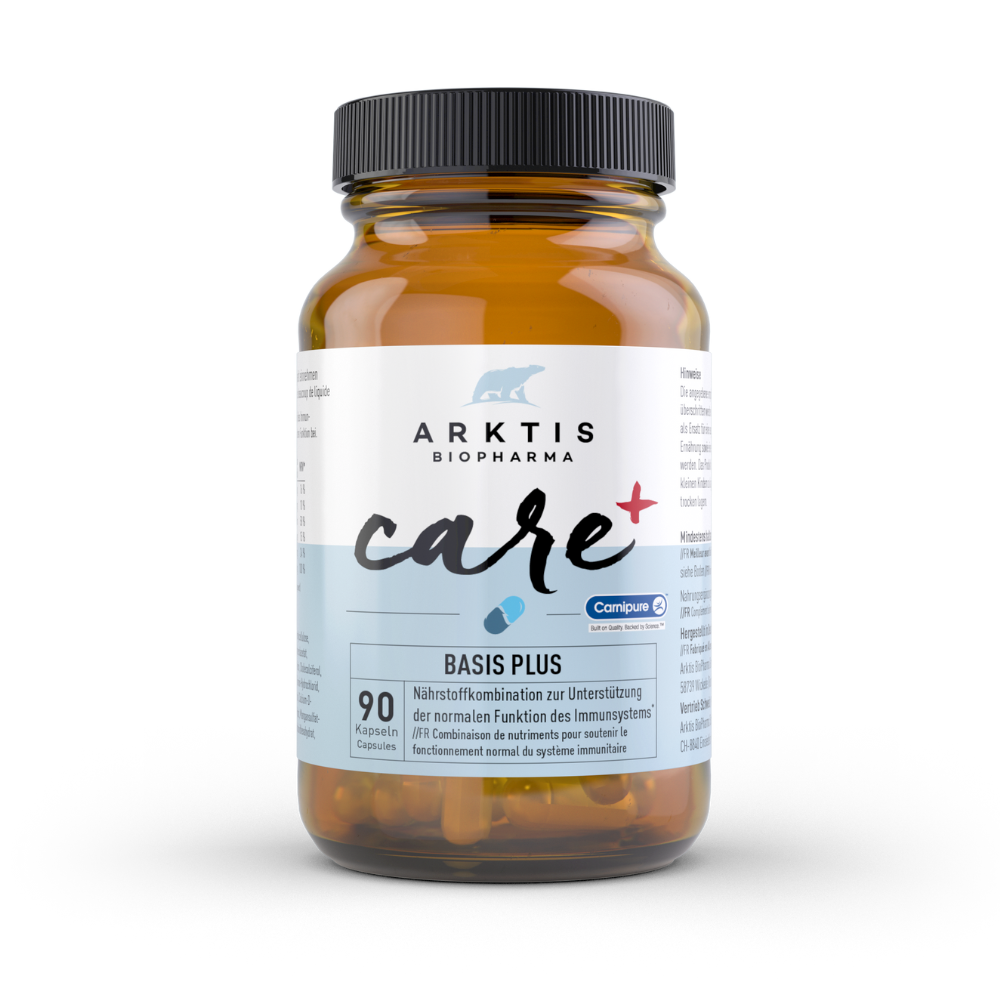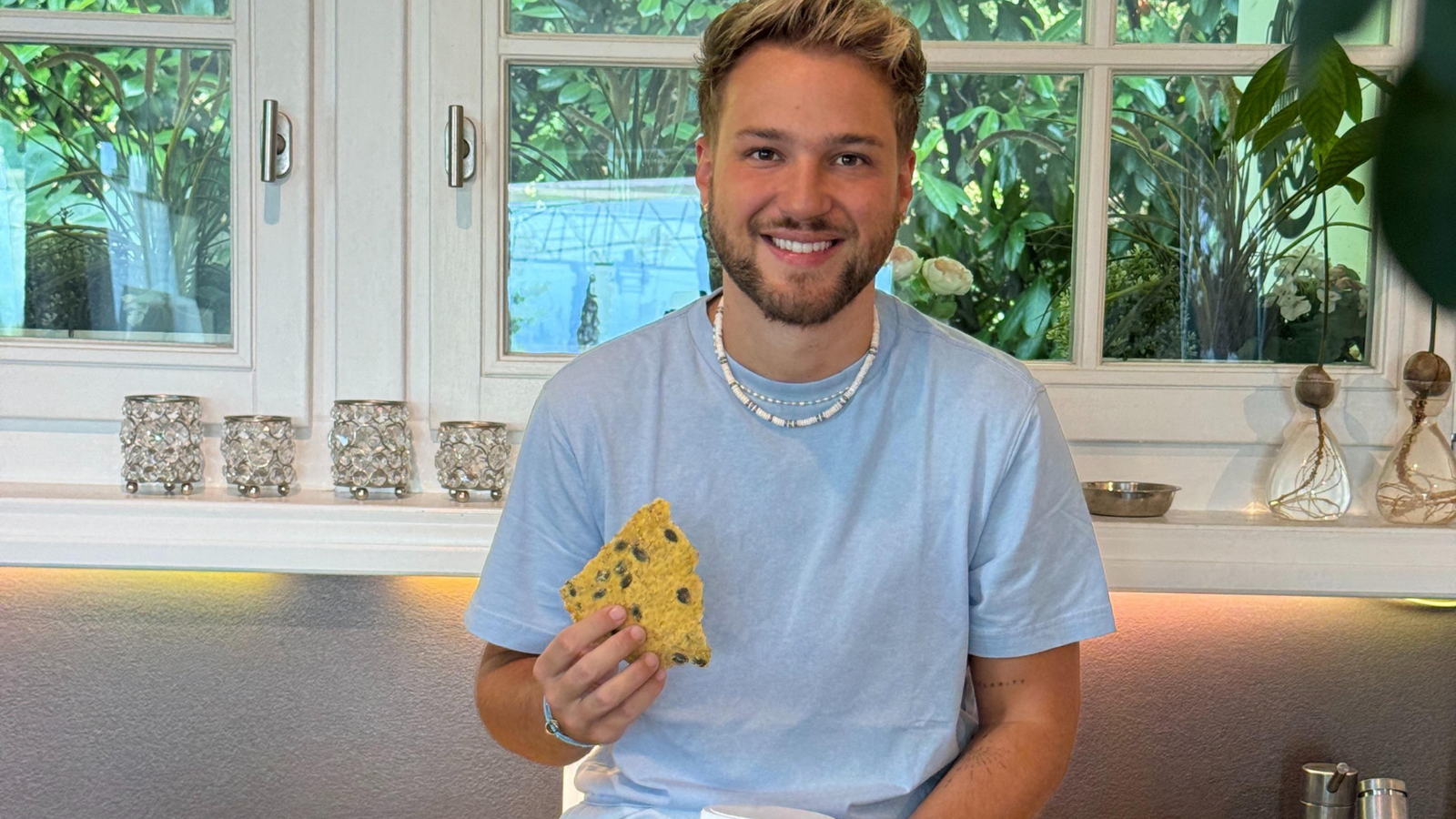Following my detailed article on the subject of antibiotic therapy, here, as promised, are your frequently asked questions and my answers on the subject of antibiotics and probiotics (lactic acid bacteria).
Probiotics during or after antibiotic therapy: frequently asked questions and answers
1. should I take bacteria/probiotics when taking antibiotics?
Yes, definitely, as this helps to combat possible consequences such as fungal colonization or antibiotic-associated diarrhoea, i.e. diarrhoea caused by taking antibiotics. Incidentally, diarrhea can also occur 2 months after taking antibiotics and is therefore often not associated with antibiotics as a side effect.
2. should I take the probiotics while I am still taking the antibiotics?
Yes, but 2-3 hours after taking the antibiotics.
3. is it enough if I take dairy products such as yoghurt, which also contain lactic acid bacteria?
No, you should take something that has a higher number of bacteria, even better if the products even contain the strains that we primarily need when taking antibiotics. Yoghurts have no medical relevance, the biological activity takes place in the dairy.
4. what do I have to look out for to assess whether a probiotic product is of good quality?
- The WHO (World Health Organization) specifies that the bacterial count of a probiotic should be at least 1 billion. However, a daily amount of 2 billion germs would be better.
- The shelf life of the product should be at least one year.
- A modern probiotic contains several strains of bacteria so that intestinal functions are maintained in both the small intestine and the large intestine.
- Reproductive capacity: the more probiotic bacteria are present, the lower the chance of uncontrolled growth of pathogenic bacteria.
- The bacterial count at the end of the term must be specified.
If you would like more information on how to assess the quality of probiotics, you will find it in our blog.
5. my doctor gave me a product to build up my gut along with the antibiotic. Is that good?
It's usually better than nothing. Simply judge it according to the criteria in question 4.
One product that is frequently dispensed in Switzerland, for example, contains only one single strain of bacteria, enterococci. Recent meta-analyses have shown that multi-species probiotics (i.e. products with several strains) are more effective than single-strain bacterial preparations. It also contains lactose, coloring and other additives. Furthermore, with a bacterial count of 75 million per capsule, the dosage is too low.
6 How long can I take a probiotic?
After a course of antibiotics, I would take the probiotics for another 1 month. Without the help of probiotics, the gut needs about 3 to 6 months to rebuild after a course of antibiotics.
7. do probiotics also have side effects?
To date there are no Side effects known.
8) I have heard that probiotics also strengthen the immune system. Is that true?
That is correct. Around 85% of the immune system is located in the gut. If we take care of the gut, this automatically strengthens our immune system.
9. Are probiotics drugs? Or is it something natural?
Probiotics are living organisms (bacteria), so they are natural.
















